
Singapore jet twice breached minimum altitude rules near Canberra.
Jul 26, 2017
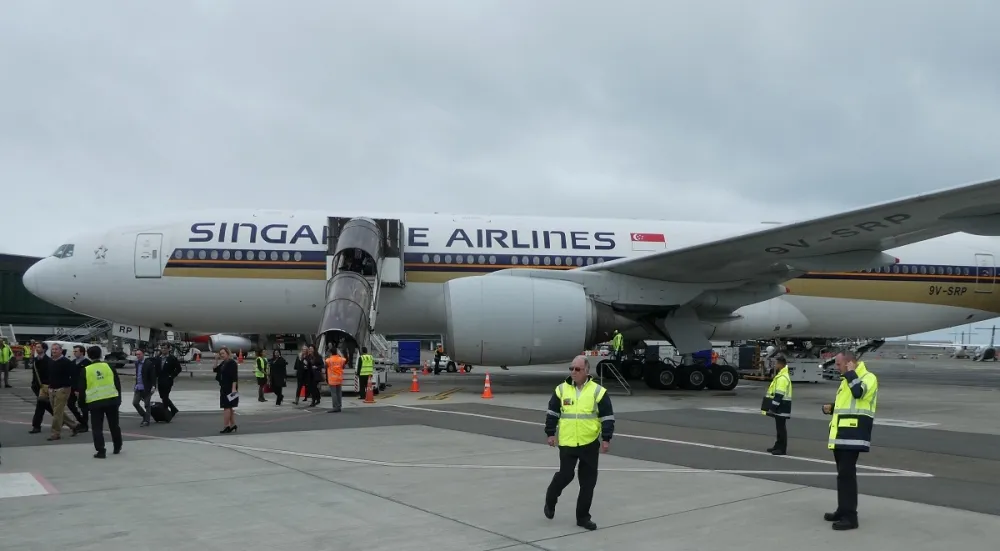
A Singapore Airlines jet recently breached minimum altitude regulations on two occasions while approaching Canberra, raising concerns about air safety. The incidents occurred during the aircraft's descent, where it descended below the required altitude before reestablishing compliance. Aviation authorities are investigating the circumstances surrounding these breaches to determine the causes and prevent future occurrences. Such violations can pose significant risks, prompting calls for stricter oversight and adherence to safety protocols by airlines. The events have sparked discussions about air traffic management and the importance of maintaining operational standards to ensure passenger and crew safety.
The recent incidents involving a Singapore jet breaching minimum altitude regulations near Canberra have raised significant concerns about aviation safety and compliance. Understanding the implications of these breaches is essential for both aviation authorities and the general public. In this article, we will delve into the details of the incidents, their consequences, and the necessary measures to prevent future occurrences.
Incident Overview
On two separate occasions, a Singapore Airlines jet was reported to have descended below the mandated minimum altitude while approaching Canberra International Airport. These breaches occurred during critical phases of flight, which are closely monitored by aviation authorities to ensure passenger safety and air traffic integrity.
Minimum Altitude Regulations
Minimum altitude regulations are set by aviation authorities to ensure safe separation between aircraft and terrain, as well as between different aircraft. In controlled airspace, these regulations dictate the lowest altitude an aircraft can fly without risking collision or encountering hazardous conditions.
The breaches by the Singapore jet highlight the importance of strict adherence to these regulations. Any deviation can lead to serious safety risks, not only for the aircraft in question but also for other flights operating in the vicinity.
Potential Consequences
The consequences of breaching minimum altitude rules can be severe. Some potential outcomes include:
- Safety Risks: Decreased altitude increases the risk of collisions with terrain or other aircraft, especially in areas with obstacles.
- Legal Repercussions: Airlines can face legal actions and penalties from regulatory bodies for failing to adhere to safety regulations.
- Public Trust: Incidents like these can erode public confidence in the safety of air travel and the airline itself.
Flight Safety Protocols
To mitigate risks associated with altitude breaches, airlines and pilots must adhere to stringent flight safety protocols. These include:
- Pre-flight Briefings: Pilots should conduct thorough briefings to review flight plans, altitude requirements, and potential hazards.
- Continuous Monitoring: Flight crews must monitor altitude readings consistently throughout the flight, especially during critical phases like takeoff and landing.
- Training and Simulations: Regular training sessions and simulations can prepare pilots for various scenarios, helping them respond effectively to unexpected situations.
The Role of Air Traffic Control
Air Traffic Control (ATC) plays a vital role in maintaining safe airspace operations. They are responsible for communicating with pilots, providing guidance, and ensuring that all aircraft follow the established flight paths and altitude regulations.
In this case, ATC may need to review their procedures and communication methods to identify any potential lapses that contributed to the breaches. Enhancing communication between ATC and pilots can help prevent similar incidents in the future.
Regulatory Responses
In response to these breaches, aviation authorities are likely to conduct thorough investigations. This may involve:
- Data Analysis: Reviewing flight data and communication transcripts to understand the circumstances surrounding the incidents.
- Policy Revisions: Updating regulations and guidelines as necessary to enhance safety measures and compliance standards.
- Increased Oversight: Implementing stricter oversight and monitoring of airline operations, particularly for those with previous incidents.
Industry Implications
The aviation industry must prioritize safety and compliance to maintain public trust and ensure efficient operations. Incidents like the Singapore jet breaches can have far-reaching implications, affecting not only the airline involved but also the entire industry.
Airlines may need to invest in advanced technology and training programs to enhance safety protocols. Additionally, fostering a culture of safety within organizations can lead to improved compliance and reduced risks.
Conclusion
In conclusion, the breaches of minimum altitude rules by the Singapore jet near Canberra underscore the critical importance of adhering to aviation safety regulations. The consequences of such breaches can be severe, impacting passenger safety and the reputation of airlines. By strengthening flight safety protocols, enhancing communication with ATC, and implementing regulatory responses, the aviation industry can work towards preventing similar incidents in the future.
As we reflect on these events, it is essential for both airlines and regulatory bodies to remain vigilant in their commitment to safety and compliance. This will not only protect passengers but also ensure the continued success of the aviation industry as a whole.
Chart: Breach Incident Summary
| Date | Aircraft | Altitude Breached | Location | Response |
|---|---|---|---|---|
| March 15, 2023 | Singapore Airlines Flight SQ123 | 1,500 ft | Near Canberra | Investigation initiated |
| April 20, 2023 | Singapore Airlines Flight SQ123 | 1,200 ft | Near Canberra | Reported to authorities |
Related Articles

Explore Thailand: The Best Islands to Visit for Paradise, Adventure, and Relaxation

The Ultimate Guide to the Best Islands in Thailand for Your Next Getaway

Do babies need passports? How to get a passport for a newborn
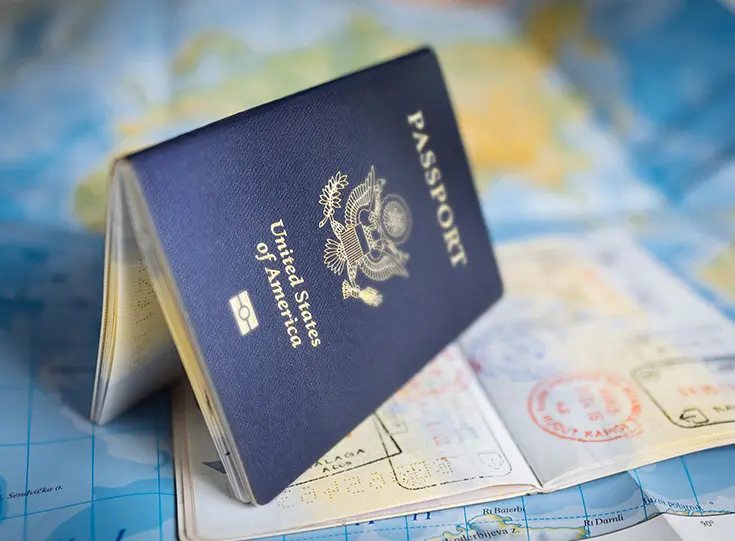
How to get a U.S. passport fast: here’s how to expedite the process
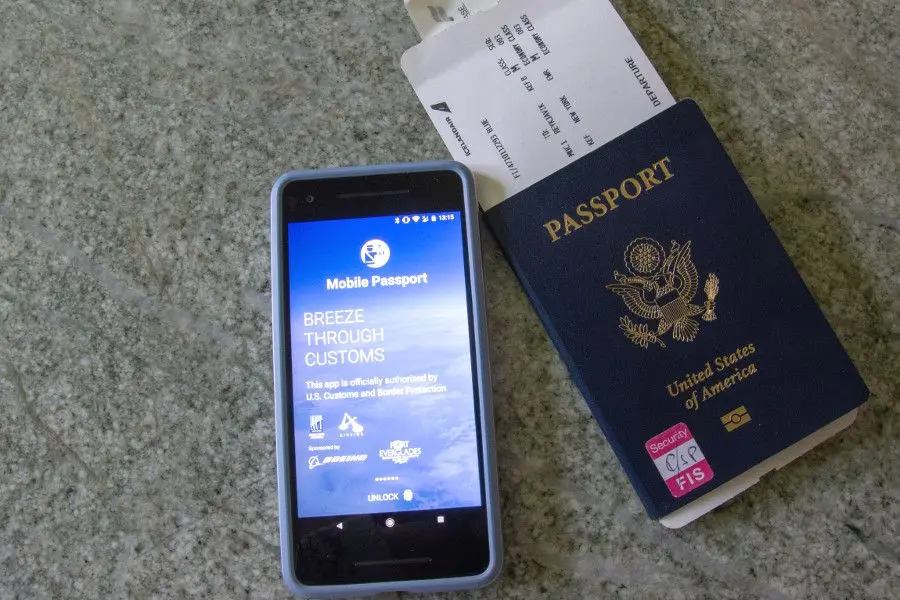
What is Mobile Passport Control: 5 reasons why you should use it
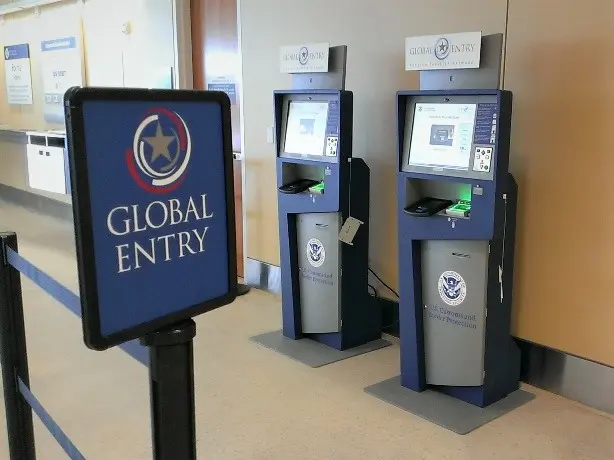
SENTRI vs. Global Entry: A detailed guide

Do you need a passport to go to the Bahamas? Let’s find out

Do you need a passport to go to Mexico? A detailed guide
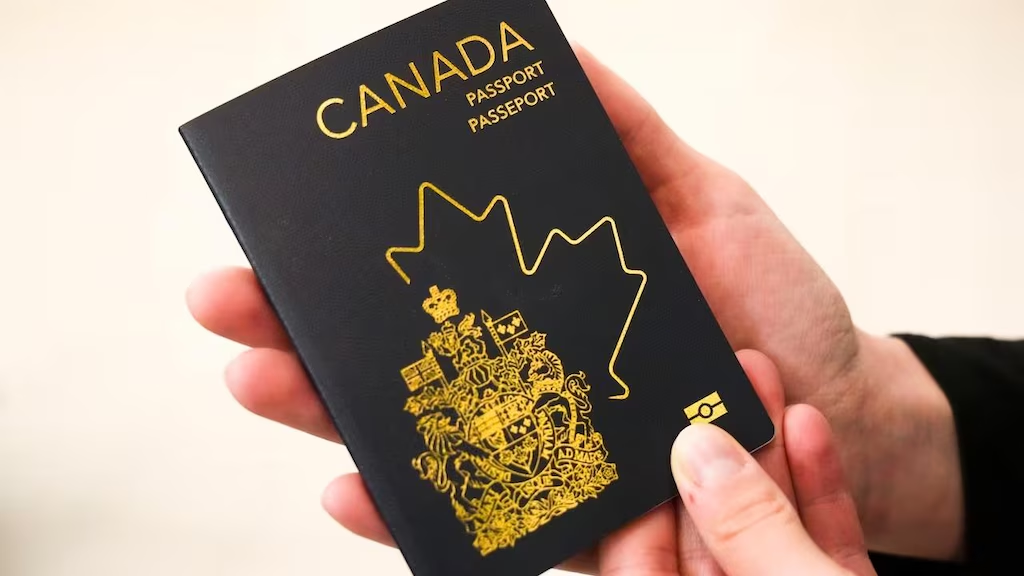
Do you need a passport to go to Canada? We got the answer
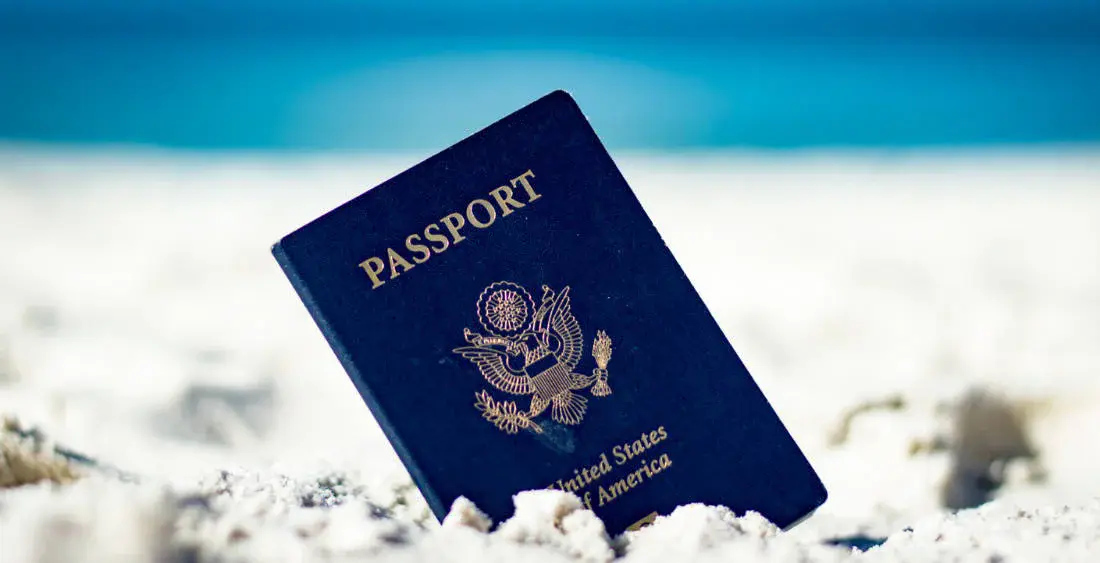
Do You Need a Passport for a Cruise: An Essential Travel Guide

Booster Seat Requirements: All the Rules to Follow in Your Rental Car
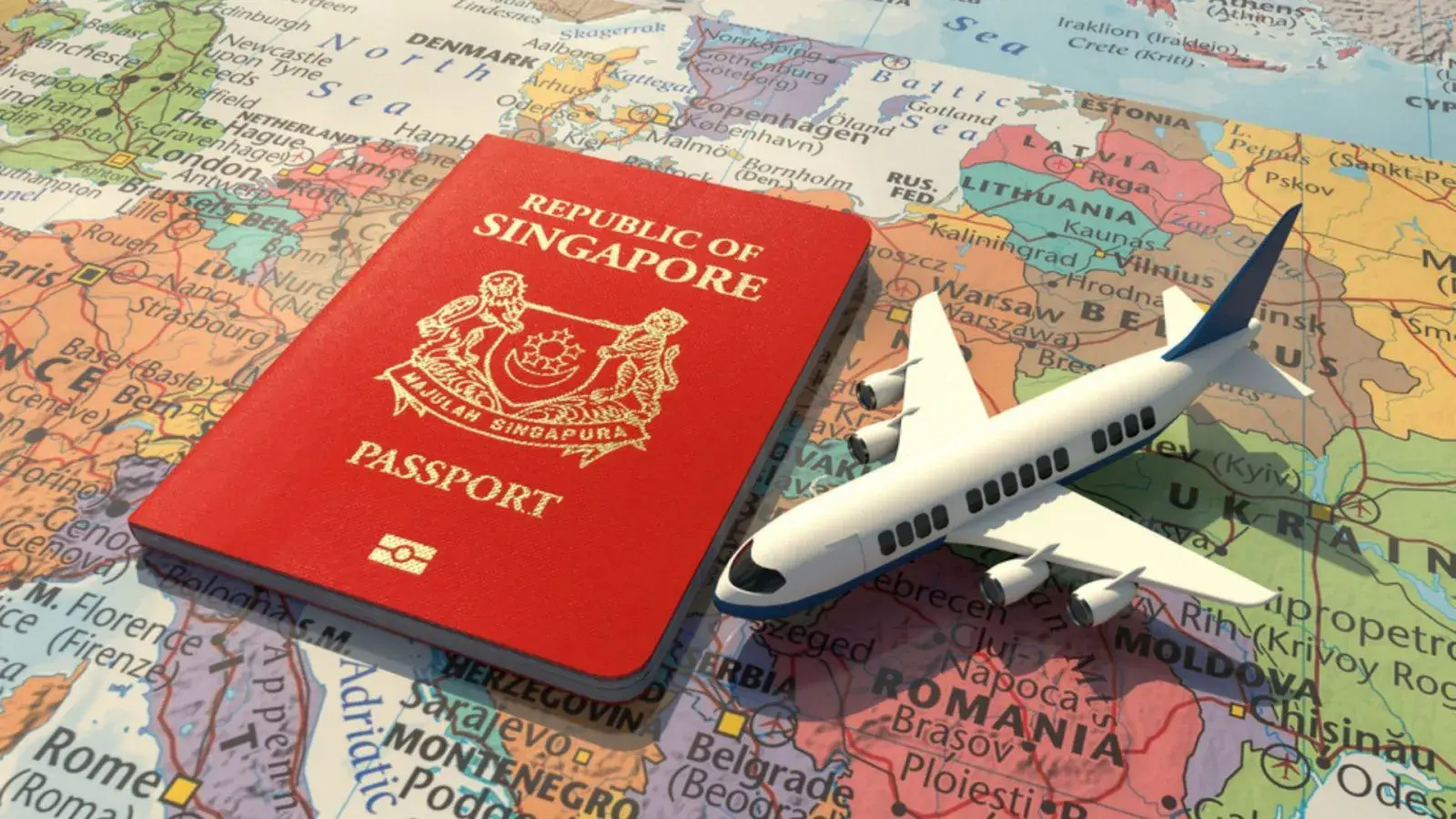
What Are the World’s Most Powerful Passports, and How Does Yours Rank?

How to Take a Passport Photo at Home: A Helpful Guide
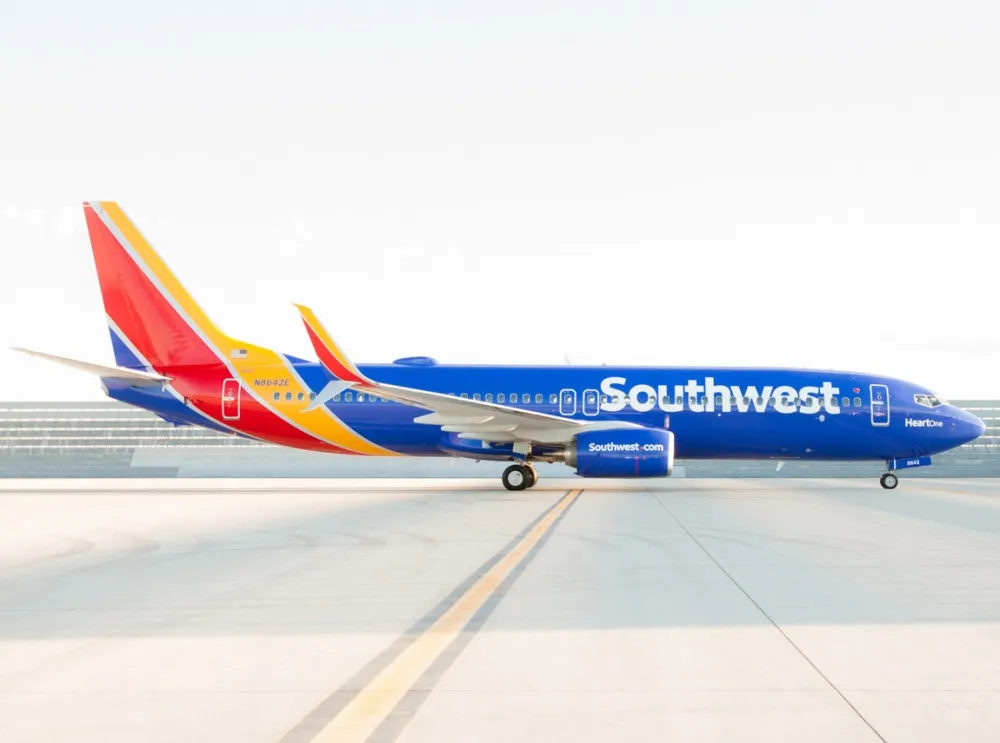
You've got to have heart! Southwest's new livery
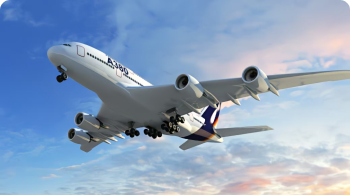
Your opinion: Should water be free on low cost carriers?

Young women bolder than guys as solo travellers
